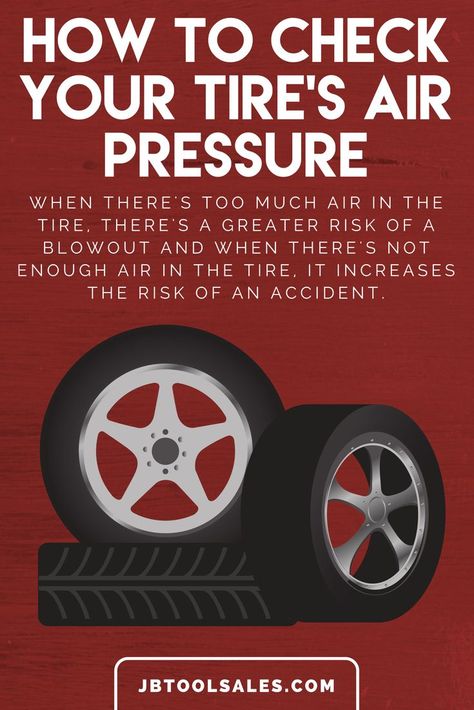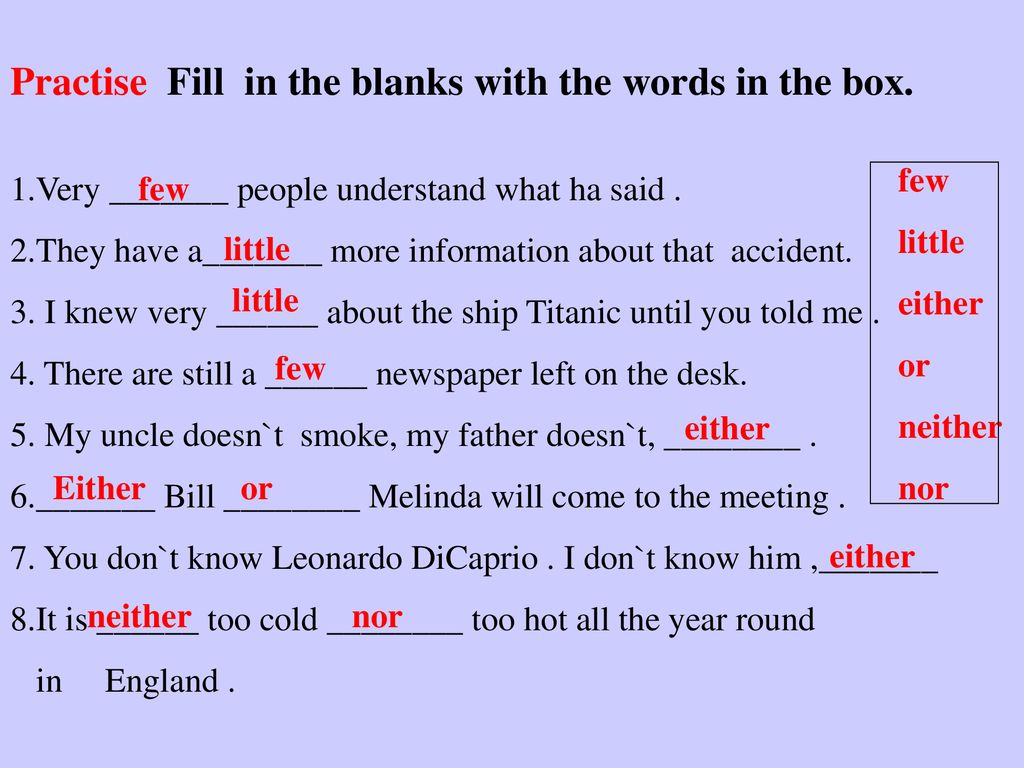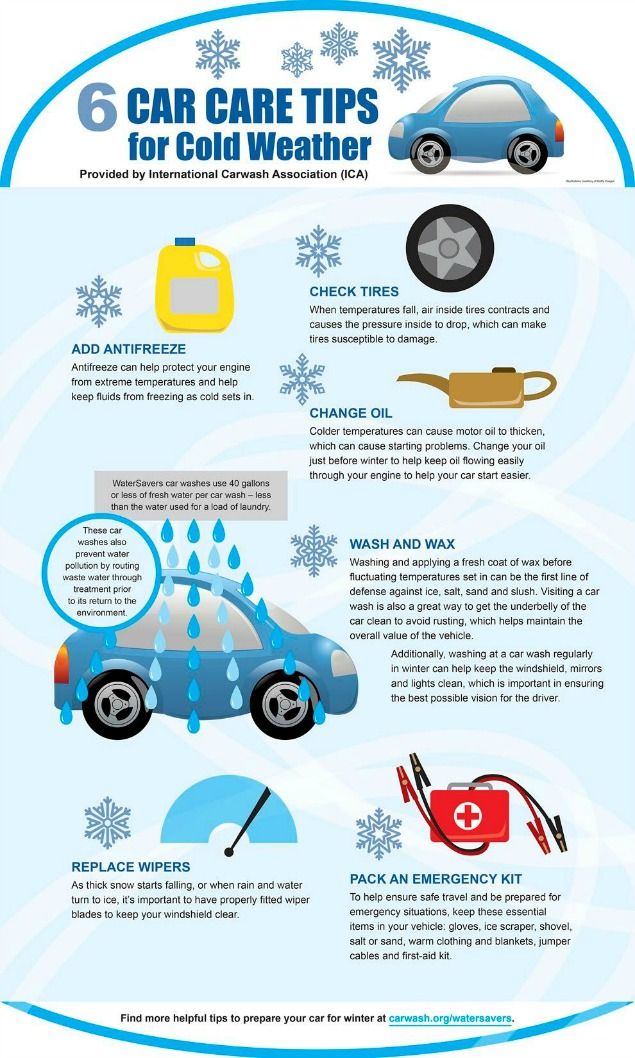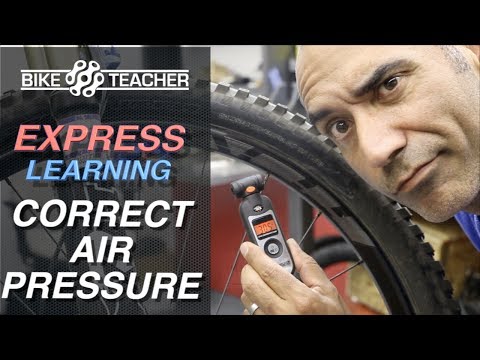When temperatures decrease, tire pressure can drop. It’s reported that with every 10-degree drop in temps, your tire pressure drops 1 pound per square inch (1 PSI).
Yet low tire pressure may require your heavy equipment to use more fuel to get the job done. It can also cause more wear on your tires. So what should tire pressure be in winter?
30 to 35 PSI is generally recommended as the ideal tire pressure for winter temperatures, but the exact recommended pressure varies depending on the type of vehicle and how low the temperature drops.
Ultimately, it’s important to check your vehicle’s owner’s manual and go with the recommended tire pressure provided. Some tires will have ideal PSI listed on the tire sidewalls. Your machine’s recommended tire pressure might also be listed on a sticker inside the driver’s door.
Dropping temperatures might cause a heavy load to need a higher PSI but start with the recommended PSI. Measure the pressure while your tires are cold. Inflate them to that recommended PSI.
Don’t depend on a visual inspection. Use a tire pressure gauge to measure the tire inflation on your heavy equipment to be certain it is sufficient.
The recommended tire pressure for a car is typically between 30 and 35 PSI. For a four-wheel-drive truck, 35 PSI is the norm. Skid steer tire pressure specifications range from 45-60 PSI. Again, check the manufacturer’s manual for optimal tire pressure.
The following table shows variations of tire pressure in cold temperatures:
| Pressure at 68 °F | 30 psi | 40 psi | 60 psi |
| Pressure at 32 °F | 26.9 psi | 36.3 psi | 54.9 psi |
| Pressure at 14 °F | 25.4 psi | 34.4 psi | 52.4 psi |
| Pressure at -4 °F | 23.9 psi | 32.5 psi | 49.8 psi |
Check your equipment’s tire pressure at least weekly during the winter months. Refer to the manufacturer’s manual for recommendations regarding seasonal changes and optimal tire psi.
Refer to the manufacturer’s manual for recommendations regarding seasonal changes and optimal tire psi.
Exceeding the manufacturer’s recommended tire pressure may impact your equipment’s performance and cause premature wear on its tires.
Pneumatic tires, the most used on skid steers, need to be inflated to the proper pressure to function the way they were designed to perform. If at any time you notice your tires sagging after a dip in temperature, measure the PSI of the tires and fill them to capacity.
Underinflating the tire pressure can cause damaging heat and friction on your tires and can cause rubber-compound failure.
Consider switching the standard tires on wheeled power equipment to snow tires to optimize its performance, especially if you’re using it on pavement or for snow removal.
For best performance and to reduce the risk of damaging your equipment, all tires should be switched (not just two), be the same size and brand, and have the same type of tread.
Check the tire pressure on your equipment before you put the machine in operation.
Find a gauge that is designed to measure your type of machinery and adequate PSI range. A gauge with a backlit display will make it easy to check your equipment’s tire pressure at dawn when visibility is low.
Don’t forget to replace the valve caps after checking tire pressure!
Digital gauges are ideal (rather than pen or dial) since they’re easier to use and many come backlit with LED lighting. If you’re starting your shift at dusk, that lighting comes in handy.
There are tire pressure sensor systems available that can be used on different types of heavy-duty vehicles, from F150 trucks to large skid steers. Check the literature that comes with these tool kits to ensure one can be used on your machine and still provide you with sufficient tire pressure data.
Eagle Power & Equipment has factory-trained technicians on staff to help you, as well as access to engineers and the factory. We offer on-site field repair and, specifically, tire repair so we encourage you to stop by or call to learn more about our services and repairs.
We offer on-site field repair and, specifically, tire repair so we encourage you to stop by or call to learn more about our services and repairs.
Posted in Heavy Equipment Safety, News, Skid Steer and tagged heavy equipment, pneumatic tires, power equipment, recommended tire pressure, skid steers, tire pressure on by Eagle Power.
Yes, you typically need to inflate your tires in cold weather. As we'll explain, low temperatures often mean low tire pressure, and low tire pressure could mean dangerous driving conditions.
With the promise of holiday travel up ahead, it’s time to prepare! Firestone Complete Auto Care is here to help you drive safer with a quick lesson on cold weather and tire pressure.
First, a quick science lesson: when the temperature drops, molecules in the air move slower and huddle together. When the temperature increases, molecules move faster and farther away from one another!
When the temperature increases, molecules move faster and farther away from one another!
You can test this concept for yourself. Just set a basketball outside and wait! The ball will slightly deflate in the cold morning air, then re-inflate in the heat of the afternoon.
When this concept plays out inside your tires, it can affect your tire pressure.
That's because tires lose or gain 1-2 PSI (pounds per square inch) for every 10℉ change in temperature. So theoretically, your tires could lose 4 PSI over the weekend if the temperature drops by 20℉!
While your tire pressure should bounce back after the cold spell passes (assuming it does pass and your tires have no leaks or holes), low tire pressure shouldn't be ignored.
Low tire pressure can lead to:
 2% for every 1 PSI drop in the average pressure of all tires, notes the U.S. Department of Energy.
2% for every 1 PSI drop in the average pressure of all tires, notes the U.S. Department of Energy.A small decrease in tire pressure is hard for the naked eye to detect, but it can still have a big impact on your driving. Tires can lose pressure even when temperatures remain constant over the winter. To be safe, we recommend checking tire pressure every other time you visit the pump, and especially when your TPMS light pops on.
Here’s how:
You can find it written in your owner’s manual or on a sticker attached to your door jamb, glove box, or fuel hatch. Recommended tire pressure usually falls between 30-35 PSI for passenger cars. If you’re not sure, try our recommended tire pressure tool.
 Check your tires before driving.
Check your tires before driving.Measure your tire pressure before driving, not after, for the most accurate reading. This practice is referred to as setting the cold tire pressure. If your recommended tire pressure is 32 PSI, that means 32 PSI before you put rubber to the road and the tires heat up.
Tire pressure gauges can be purchased for a few dollars at most big box retailers. "Pencil" style gauges are cheapest and have a little stick that pops out with the tire pressure reading. Digital tire pressure gauges are a bit more expensive but are extremely easy to use.
This is the little black, blue, green or silver screw-cap on your wheel's valve stem. It should be plainly visible from the outside of your car.
Follow the instructions that come with your tire pressure gauge. If there's a hissing sound when you insert the gauge, it may not be properly seated on the valve stem. Re-adjust the angle of the gauge until the hissing stops. What's your tire pressure? Do your tires need to be inflated?
Re-adjust the angle of the gauge until the hissing stops. What's your tire pressure? Do your tires need to be inflated?
Repeat the process for each tire and note your tire pressure readings.
There's a good chance you'll need to inflate your tires in winter at least once. If your tire pressure is low, find your nearest air pump. Add air until you reach your recommended tire pressure, or visit your nearest Firestone Complete Auto Care and we'll inflate your tires for you.
If you need help with any of these steps, please don't hesitate to stop by a local Firestone Complete Auto Care. Summer or winter, sunshine or snow—our knowledgeable technicians will check the health of your tires, inflate them to the recommended pressure, and guide you in buying new tires if yours show an alarming degree of wear.
What should be the optimal pressure in car tires. What to do if less or more than the nominal. How much to “pump” and how to do it correctly - with or without a load. Should it be different in winter or summer?
What to do if less or more than the nominal. How much to “pump” and how to do it correctly - with or without a load. Should it be different in winter or summer?
The wheel of a car with normal air pressure is in full contact with the road surface. There is a uniform wear of the profile and a better grip is provided. If the pressure is reduced, then the tires will hum, when pumped - whistle.
It becomes more difficult to control the car on the road, it will bounce in the pits. In overinflated tires, the tire becomes hard and the grip surface is significantly reduced. It can be damaged by a sharp hole, besides, the tread wears unevenly on an overinflated tire, its service life decreases, and driving comfort decreases.
The main disadvantage of overinflated tires is that they increase the stopping distance of the car. This is due to the smaller area of contact with the road surface. They are more sensitive to steering, but increase the stability of the car in corners. For this reason, the pressure in the tires of sports cars is higher than usual. Also, when the car is fully loaded, manufacturers advise to pump up the rear wheels a little (by 0.2 - 0.3 bar).
They are more sensitive to steering, but increase the stability of the car in corners. For this reason, the pressure in the tires of sports cars is higher than usual. Also, when the car is fully loaded, manufacturers advise to pump up the rear wheels a little (by 0.2 - 0.3 bar).
The fuel consumption of the car will increase, and the tires wear out faster. In addition, the angle of inclination of the wheel changes, while the internal structure of the tire is weakened, because. the center of the tire is slightly pressed upwards. Optimum transmission of force to the road is carried out only by the edges of the tire.
Low pressure increases the internal temperature of the tire, which increases resistance. This leads to its complete destruction. As a result, fuel consumption increases by up to 5%, and tire wear by 25%.
If a driver drives 20,000 km per year on uninflated tires, he will need an additional 540 liters of petrol per year. The car is less stable in corners, has a longer braking distance, and the wheels are less steerable, which can lead to a skid.
The car is less stable in corners, has a longer braking distance, and the wheels are less steerable, which can lead to a skid.
Each car model has its own nominal tire pressure in winter and summer. It is written on a sticker that is attached to the inside of the door on the driver's side, on the glove box lid, on the back of the gas tank hatch, in the spare wheel niche. When pumping up the wheels, be guided by this particular figure. They can also be found in the vehicle's owner's manual.
Normal tire pressure in a modern car is in the range of 2 to 3 bar. You need to check it before the trip, when the tire is cold. When the car is moving, due to the friction of the wheels with the road, the temperature rises, the pressure increases. To find out the optimal value, you need the car to stand for several hours, and preferably all night.
At negative air temperature, for every 10°C relative to zero, the pressure drops by 0. 1 bar. In hot weather it rises. 1 bar is approximately equal to 14.5 psi, 0.9896 atmospheres or 1 kg/cm2.
1 bar. In hot weather it rises. 1 bar is approximately equal to 14.5 psi, 0.9896 atmospheres or 1 kg/cm2.
Do not inflate to the pressure indicated on the tire. This figure indicates the maximum value that the tire can withstand. Read more in the article about marking and designations. Also pumping with nitrogen - does not give any advantages.
Check the pressure with a pressure gauge. It is tightly inserted into the open nipple. If you hear a whistling sound, it means air is escaping from the tire. Firmly press or screw the pressure gauge into the nipple until the end.
It turns out that it is impossible to accurately set the pressure in the wheel using compressor pressure gauges. After all, any valve (nipple) is an obstacle to the air flow. This is easy to check for yourself on a completely flat car tire. If you insert a pressure gauge in the first second of compressor operation, it will show a pressure of at least 0. 4 bar. But as the tire is inflated, this error decreases.
4 bar. But as the tire is inflated, this error decreases.
How to correctly inflate the car wheel. If you “pump up” a little more, then you get a different result in all wheels, because. Different valves create different back pressure. Therefore, the surest way is to pump up to a obviously higher pressure, for example, 0.2-0.3 "atmosphere" more. Then check the actual pressure with a pressure gauge, bleeding the tire if necessary.
When the pressure is lower than recommended, you can pump up the wheel with a compressor. If you accidentally pumped over, then press the nipple, and the air will begin to come out back. When you take out the nipple, the air can deflate a little - it is recommended to pump the wheel a little, by 0.1 atmosphere.
A certain level of pressure is constantly maintained inside car tires. Depending on the driving conditions of the vehicle, the pressure may increase or decrease, which affects the operational condition of the vehicle and the “behavior” of the vehicle on the road.
Contents:
The tire pressure of a passenger car is a dependent value. The rate for different car models will be different. Parameters that affect the final value:
Manufacturers of cars and trucks indicate the permissible tire pressure in the accompanying instructions for a specific vehicle. Information is also always "in front of our eyes" - in the form of a sticker on the glove box door or on the inside of the driver's door. Average values for cars:
 345 atm. for the front axle and 2,855 atm. for rear axle
345 atm. for the front axle and 2,855 atm. for rear axle Pressure can be indicated in technical (not physical) atmospheres, bar and kilopascals:
If the brand of the car is English or American, then the indicator can be fixed in pounds / square inch (international name - psi). 1 psi is equal to 6.89 kPa.
In the technical documentation, the recommended tire pressure in winter is referred to as For Cold Tires Only.
In the cold season, the nominal pressure in tires decreases. Cooled air loses volume, especially when the vehicle is in brake mode. In order to maintain optimal values, in winter, tire pressure should be checked every 2 weeks, at an ambient temperature of +1 and above (possibly indoors) and after a short movement.
Some motorists prefer to artificially reduce the pressure in their winter tires. Indeed, slightly flat tires acquire a greater density of contact with the road. This makes it easier to establish a strong grip, which is so necessary when moving on an icy surface. The method helps to move on bumpy roads or highways with uneven surfaces. Approximately 15% of the tire pressure goes down, but the maneuverability of the vehicle is significantly lost. It will slow down longer, and you should be especially careful when cornering. At the same time, the service life of tires is reduced immediately by a third.
Indeed, slightly flat tires acquire a greater density of contact with the road. This makes it easier to establish a strong grip, which is so necessary when moving on an icy surface. The method helps to move on bumpy roads or highways with uneven surfaces. Approximately 15% of the tire pressure goes down, but the maneuverability of the vehicle is significantly lost. It will slow down longer, and you should be especially careful when cornering. At the same time, the service life of tires is reduced immediately by a third.
When the temperature rises, the pressure also increases. Heating the air to +25 degrees increases the internal pressure by about 78.4 kPa, subject to active driving and maximum occupancy of passenger seats and trunk.
Therefore, when measuring the pressure in summer tires, you should be guided by the data of the car manufacturer. Usually they are slightly lower than the allowable figures for winter - after all, while driving, the pressure will still increase. The procedure should be carried out at least 1 time per month.
The procedure should be carried out at least 1 time per month.
Example: the optimal pressure inside winter tires for a Lada Priora is 205.9 kPa. For summer, the value is already 196 kPa.
The pressure inside the tires for trucks is several times higher than for passenger cars. Truck KAMAZ can move safely in winter time on tires, the pressure in which is from 755.1 to 774.7 kPa. Summer indicators - from 657 kPa to 735.5 kPa.
When determining the condition of tires at home, you can use a tire pressure sensor. Pressure gauges are used to record current data - both in the form of autonomous wireless structures, and as part of complex systems for monitoring changes in pressure.
Because normal pressures vary between brands (and even configurations of the same model), the information can be presented in a tabular format listing popular vehicles for personal use.
To determine whether the nominal pressure corresponds to the standardized data, the measurement must be carried out correctly.